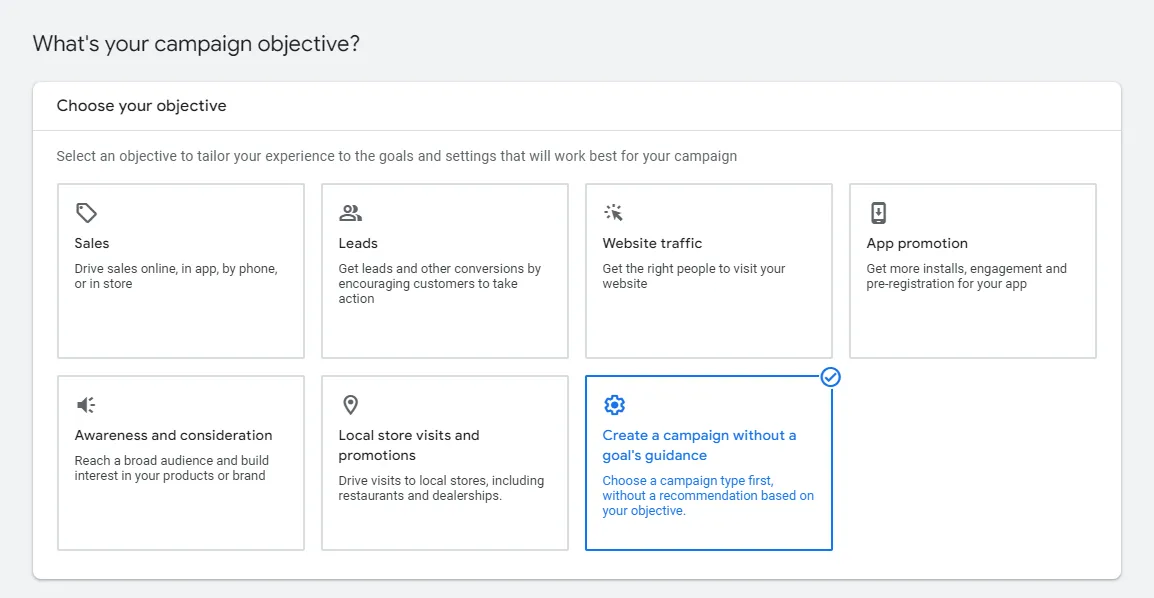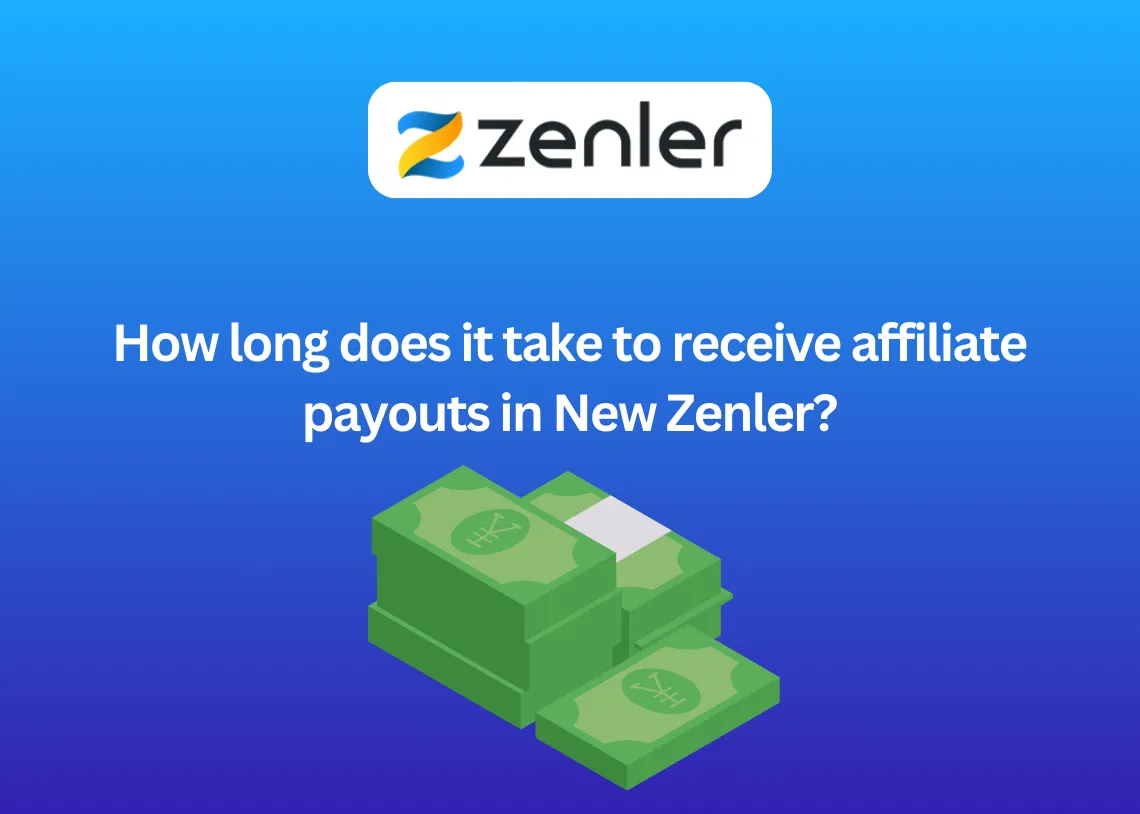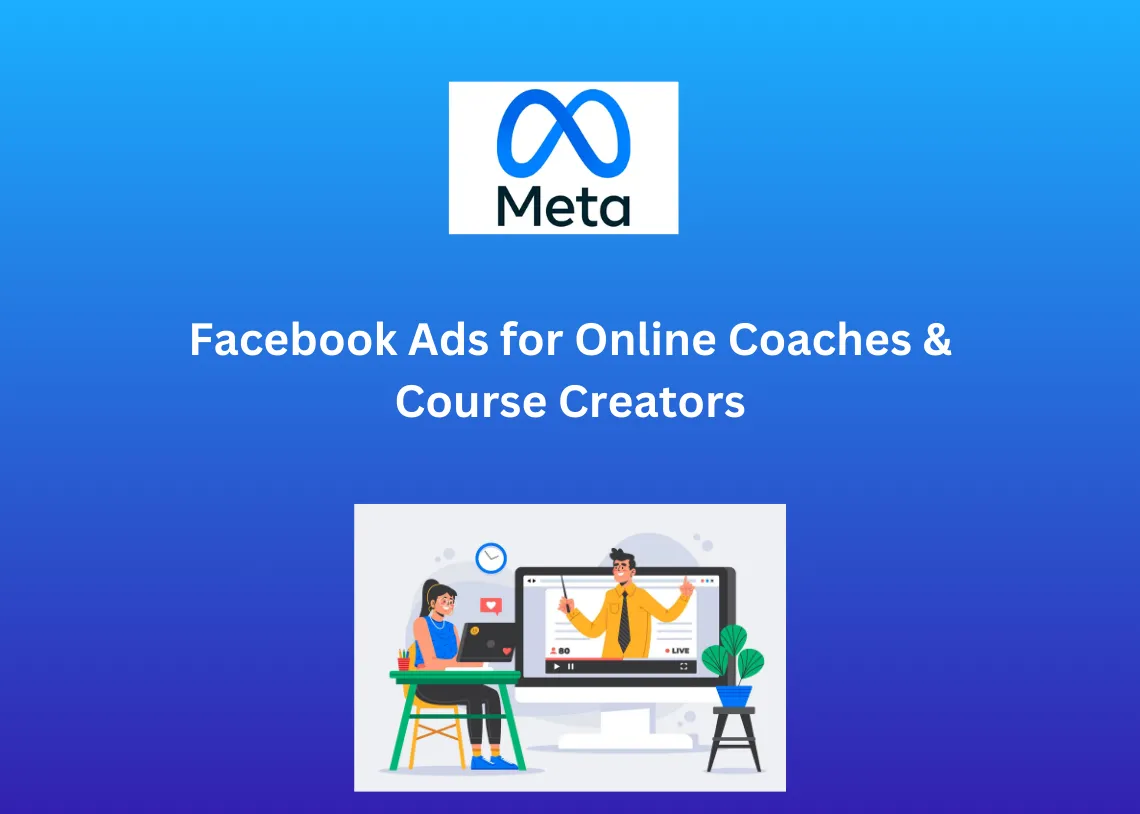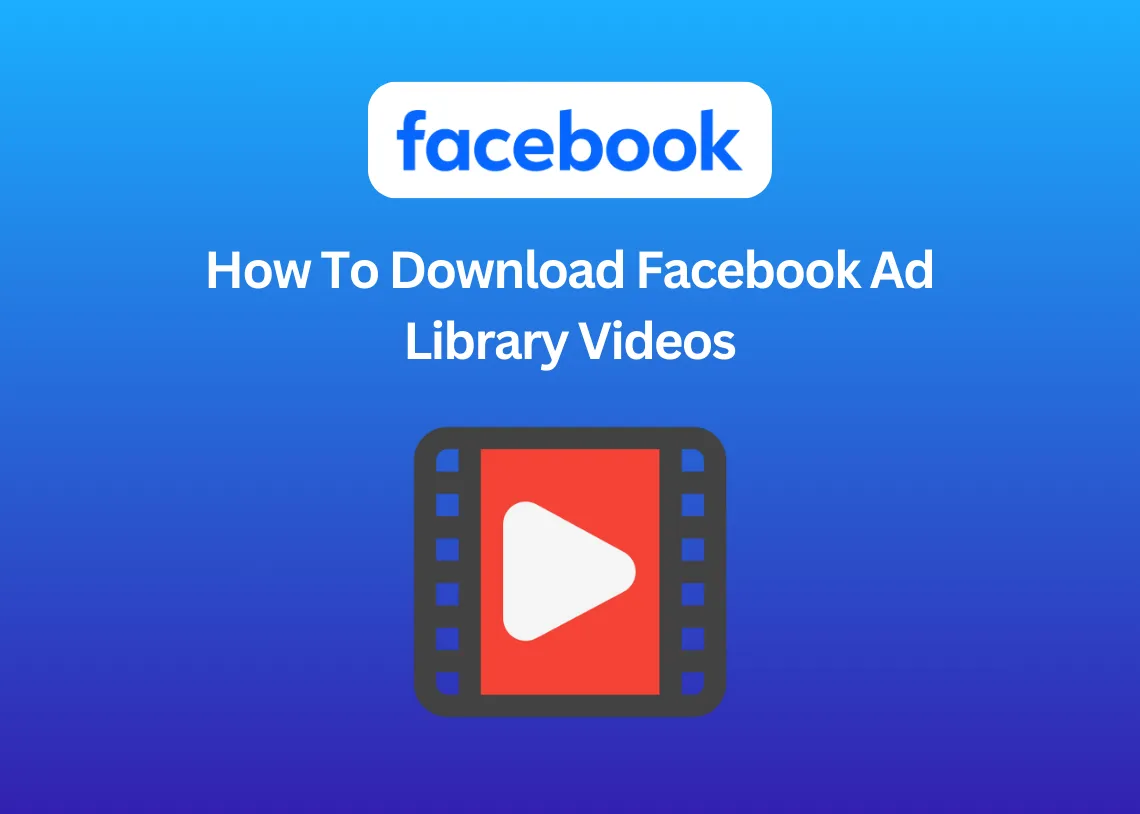Imagine you’re walking around town, looking at all the shops and things. You see a picture of some delicious sweets from a shop nearby, even though you weren’t thinking about dessert before.
Now you really want some! That’s what Google Display Ads can do – they show you interesting things, even if you weren’t looking for them, and make you want to learn more.
In this article, I am going to explain you about Google Display Ads.
Table of Contents
ToggleWhat is a Google Display Ads Campaign?
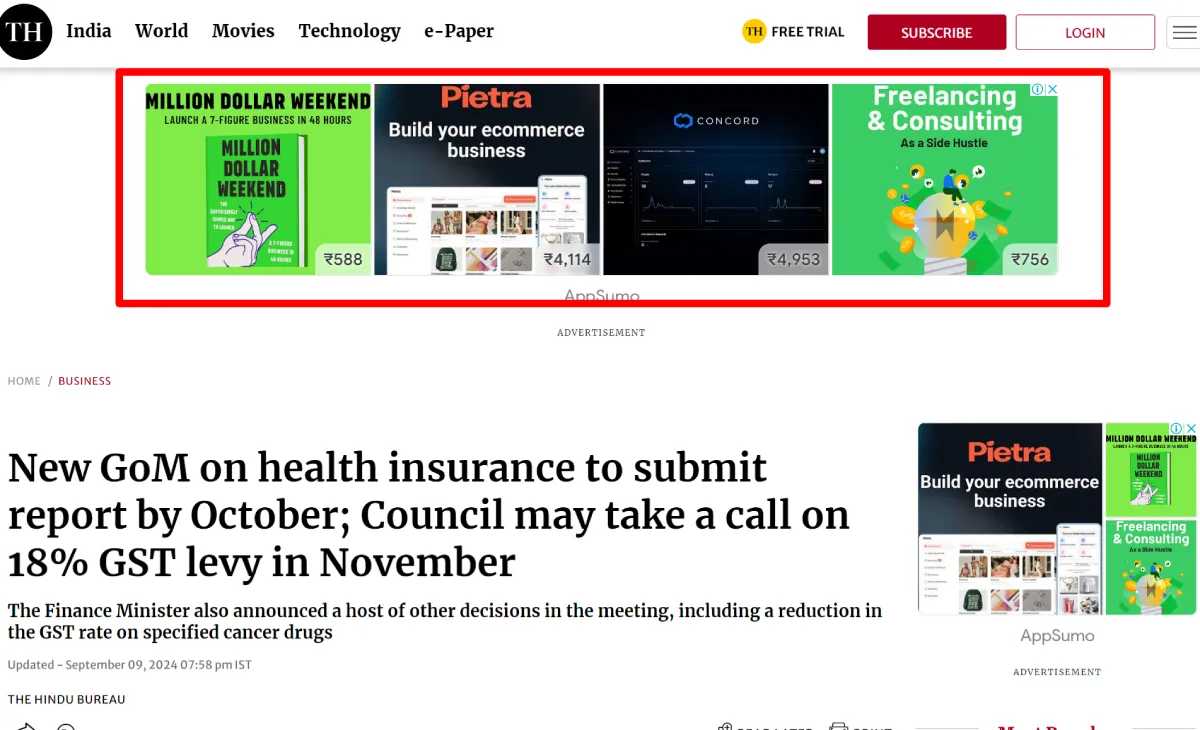
Google Display Ads are a type of advertisement that lets you showcase your products or services on various websites, apps, and videos across the internet.
Google Display Ads are like a network of digital billboards spread across the internet. Imagine you’re browsing a website or watching a YouTube video, and you see an ad promoting a product or service – that’s a Google Display Ad in action.
These ads come in various formats like images, banners, and videos, and they appear on millions of websites, apps, and even Gmail. They’re designed to catch your eye and make you curious about what’s being advertised.
The beauty of Google Display Ads is that they can be highly targeted. Advertisers can choose to show their ads to specific groups of people based on their interests, demographics, or even their past online behavior. This means you’re more likely to see ads that are actually relevant to you.
Google Display Ads are a powerful tool for businesses to reach a wide audience and generate interest in their products or services. They’re an effective way to increase brand awareness, drive traffic to a website, and ultimately, boost sales.
How do Google Display Ads Work?
Here’s how it works.
Step 1: The Advertiser Prepares
- Create the Ad: Design visually appealing banners, images, or videos that showcase the product or service. Craft a clear and concise message that grabs attention.
- Set the Target Audience: Use Google Ads to define who should see the ad based on interests, demographics, website content, or past interactions with their brand.
Step 2: Google’s Matching Process
- Advertisers Join the Auction: When an ad space becomes available on a website or app in the Google Display Network, an auction takes place. Advertisers who have targeted that audience participate.
- Google Evaluates: Google’s system considers factors like the advertiser’s bid, the ad’s quality and relevance, and the user’s context to determine which ad to show.
Step 3: The User’s View
- User Browses the Web: The user visits a website or app within the Google Display Network.
- Ad is Displayed: If the user matches the targeting criteria of an ad in the auction, Google’s system displays the ad on the webpage or app.
- User Interacts (or Not): The user can choose to click on the ad to visit the advertiser’s website or simply continue browsing.
Step 4: Behind the Scenes
- Advertiser Pays (Maybe): If the user clicks on the ad, the advertiser typically pays a small fee to Google (this can vary depending on the bidding strategy).
- Performance is Tracked: Google provides detailed reports on how the ads are performing, allowing advertisers to see impressions, clicks, and other metrics to measure success and make adjustments.
Google Display Ads Campaign Real Examples from Top Brands
1) Apple’s Google Display Ads Example
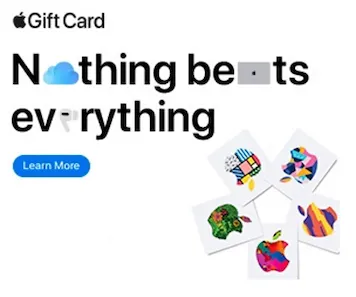
2) GEICO’s Google Display Ads Example

3) PUBG’s Google Display Ads Example

4) Zomato’s Google Display Ads Example

5) Semrush’s Google Display Ads Example

How to set up your first Google Display Ads campaign
Step 1: Log in to your Google Ads Account. Create a New Campaign and Select your objective. For now, we can create a campaign without a goal guidance.
Step 2: Choose Display as a campaign type
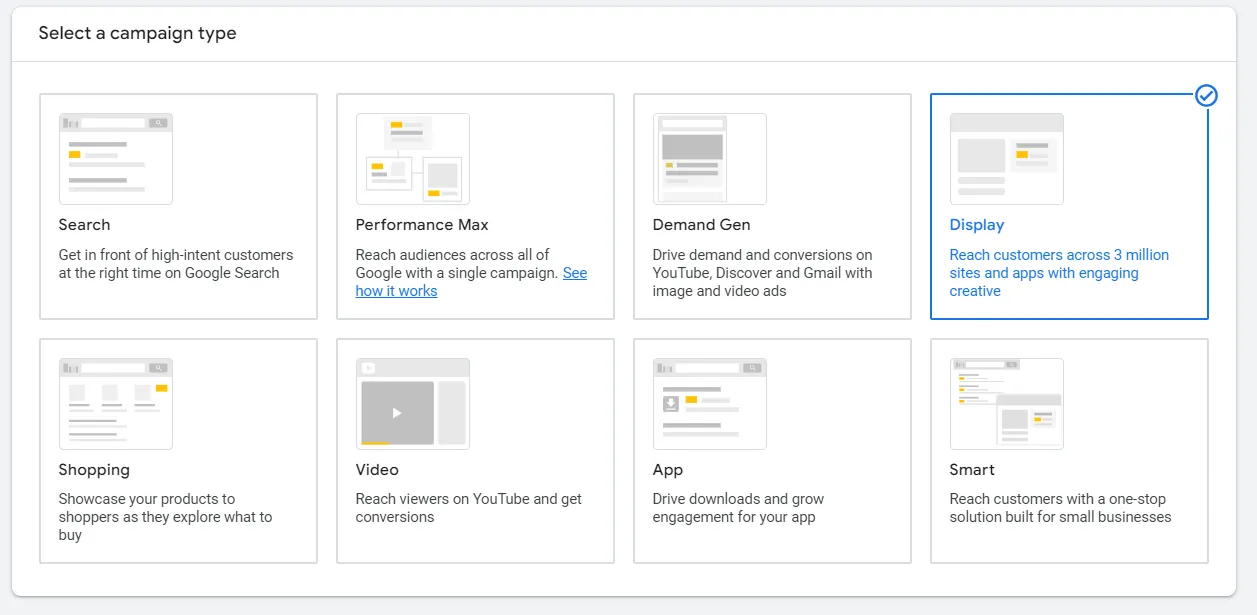
Step 3: Create or use an existing conversion goals
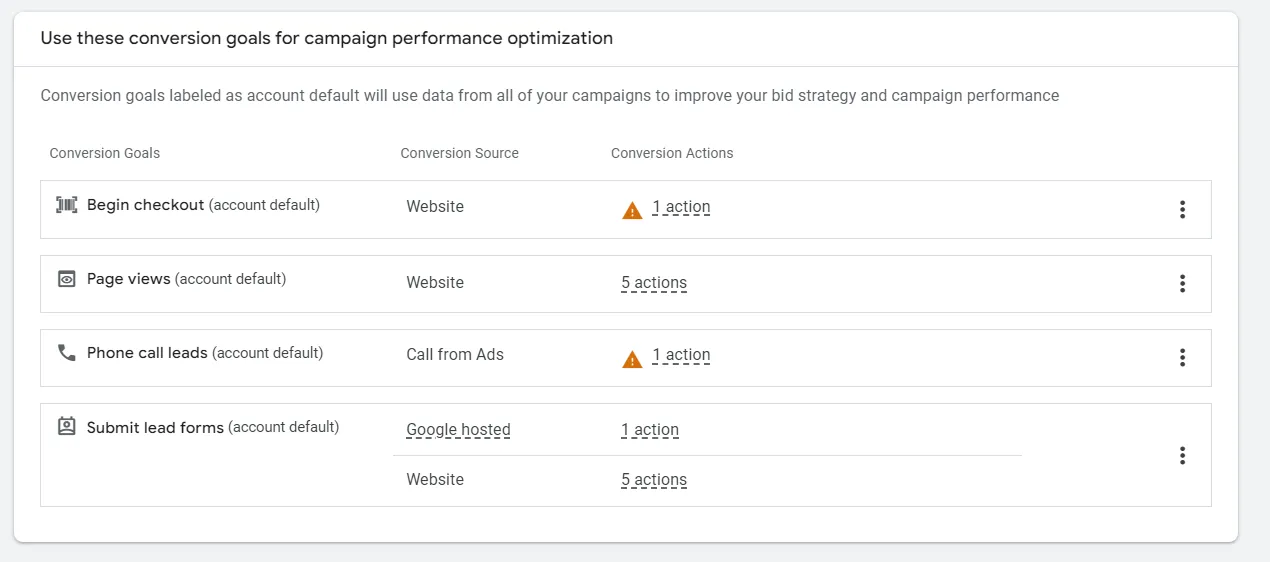
Step 4: Enter your website URL. so people can click the ad and navigate to your website.

Step 5: Enter your display ads campaign name

Step 5: Set your Campaign, Budget, Bidding, Targeting, Ads Text
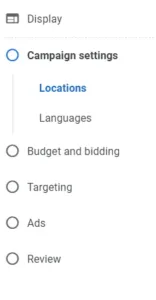
Step 6: Review once and publish it. That’s all.
Top Reasons Why You Should Use Google Display Ads
Here are the top reasons to use Google Display Ads for your business
- Massive Reach: Reach a vast audience across millions of websites, apps, and videos within the Google Display Network.
- Visual Appeal: Use images and videos to capture attention and make your ads more engaging.
- Targeted Advertising: Reach specific audiences based on demographics, interests, and online behavior.
- Brand Awareness: Increase brand visibility and recognition among potential customers.
- Remarketing: Reconnect with users who have previously interacted with your website or app.
- Cost-Effective: Pay only when someone clicks on your ad (CPC) or per thousand impressions (CPM).
- Measurable Results: Track performance and get insights into ad clicks, impressions, and conversions.
- Flexibility: Create a variety of ad formats, sizes, and styles to fit your marketing goals.
Google Display Ads Stats
- The Display Network reaches a vast majority of internet users globally (90%), and even more in the US (94%). This means your ads can be seen by almost everyone online.
- In the US, 64% of internet users encounter ads on the Google Display Network (GDN) every day. This highlights the frequency with which people are exposed to these ads.
- The Display Network delivers a massive number of ad impressions – over 2 trillion each month to more than 2.5 billion users. This shows the sheer scale and reach of the network.
- The Google Display Network encompasses over 2 million websites and various apps. This illustrates the vast array of places where your ads can appear.
- The average cost-per-click (CPC) for Display Ads is $1.72 in 2023. This gives you an idea of the average cost you might incur for each click on your ad.
- The travel and hospitality industry enjoys the lowest average CPC at $0.44. This suggests that advertising in this sector can be relatively cost-effective.
- The dating and personals industry has the highest average CPC at $1.49. This indicates that competition for ad space in this industry can drive up costs.
- Display Ads generally have lower CPCs compared to Google Search Ads, which can be 4-5 times more expensive depending on the industry and keywords. This highlights a potential cost advantage of Display Ads.
- Display ads that are viewable lead to 4 times more conversions than those that don’t meet visibility standards. This underscores the importance of ensuring your ads are seen by users.
- The average click-through rate (CTR) for Display Ads is 0.60%, while Search Ads have a higher CTR of 4.10%. This means people tend to click on Search Ads more often.
- 65% of small B2B companies acquire customers through Display Ads. This demonstrates the effectiveness of Display Ads for business-to-business marketing.
- The estimated conversion rate for Display Ads is 0.57%. This tells you the percentage of ad clicks that result in a desired action, like a purchase.
- Combining audience targeting with remarketing (showing ads to people who have already visited your site) can increase conversion rates by 40% or more. This suggests a powerful strategy for improving results.
- Marketers using Smart Display Ads see a 20% increase in conversions at the same cost-per-acquisition (CPA) compared to standard display advertising. This indicates the potential benefits of leveraging Google’s AI-powered ad optimization.
Conclusion
Google Display Ads are like online billboards that help you reach lots of people across the internet.
You can use eye-catching pictures and videos to get noticed, and you can choose exactly who sees your ads based on their interests and what they do online.
Display Ads can help you introduce your brand to new people, remind past visitors about your products, and ultimately encourage them to take action, like visiting your website or making a purchase.
If you want to reach more people and get better results from your online advertising, Google Display Ads are a great way to do it!
Google Display Ads FAQ’s
1) What is the Google Display Network?
It’s a vast collection of over 2 million websites, apps, and videos where your Google Display ads can appear.
2) How are Display Ads different from Search Ads?
Display Ads are visual (images or videos) and appear on websites, apps, and videos across the internet. Search Ads are text-based and appear on Google search results pages when people search for relevant keywords.
3) How much do Display Ads cost?
You can set your own budget and choose to pay per click (CPC) or per thousand impressions (CPM). Costs can vary depending on your targeting, ad quality, and competition.
4) Can I target specific audiences with Display Ads?
Yes, you can target based on demographics, interests, online behavior, and even specific websites or placements.
5) How do I create Display Ads?
You can create them directly in your Google Ads account. You’ll need images or videos, headlines, descriptions, and a call-to-action. Google also offers a “Responsive Display Ads” format where you provide assets, and Google automatically generates ads.
6) What are the different targeting options available?
You can target by:
- Keywords (contextual targeting)
- Topics & Interests
- Demographics
- Placements (specific websites or apps)
- Remarketing (people who have previously interacted with your website)
- Custom Audiences (based on your own data)
- In-Market Audiences (people actively looking to buy products or services like yours)
7) What is remarketing?
It’s a way to target people who have previously visited your website or app, reminding them of your products or services.
8) What ad formats are available?
There are many options, including:
- Responsive Display Ads (Google automatically generates ads)
- Image Ads
- Animated Image Ads (GIFs)
- Video Ads
- Gmail Ads
- Performance & Optimization
9) How can I track the performance of my Display Ads?
You can track impressions, clicks, conversions, and other metrics in your Google Ads account.
10) How can I improve the performance of my Display Ads?
You can try:
- Testing different ad formats, images, and headlines.
- Refining your targeting options.
- Using remarketing to reach people who have already shown interest.
- Optimizing your landing pages for conversions.


